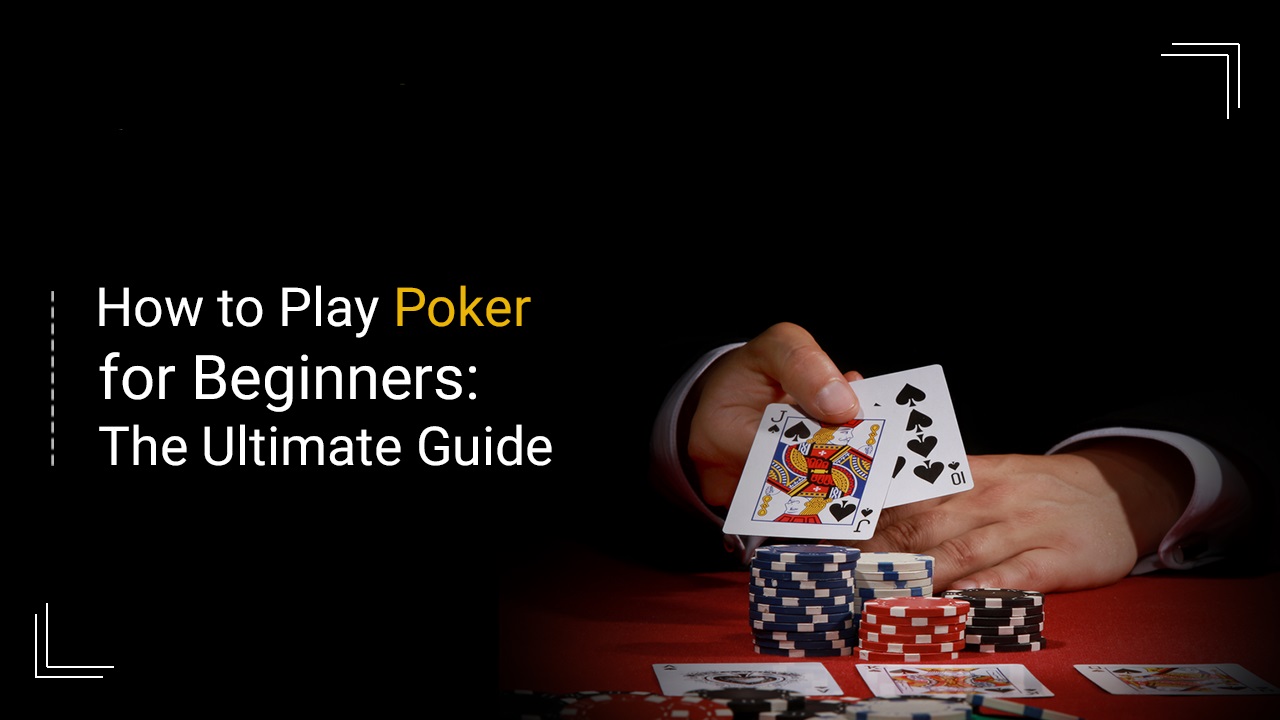
The Unfolding Game: Mastering the Strategies of Poker
The allure of poker stretches beyond the felt-covered tables of casinos and into the hearts and minds of millions worldwide. From the casual players chancing their luck at friendly games to the professional players investing hours to hone their skills, poker’s appeal is as broad as its audience. But what separates a good player from a great one? The answer lies within strategy.
Poker is not just a game of chance; it’s a cerebral competition. Winning demands more than good cards; it requires a deep understanding of your opponents, a firm grasp of probabilities, and a flexible strategy.
The Art of Observation: Reading Your Opponents
The first step towards an effective poker strategy is reading your opponents. In poker, the bets, the checks, and the folds aren’t just moves; they’re signals, revealing subtle information about a player’s hand. This process, known as ‘hand reading,’ begins with observation and ends with prediction. Watch your opponents closely. How do they bet when they have strong hands? How about weak ones? Spot the patterns, then use them to your advantage.
The second facet of reading opponents is the ‘poker tell.’ Subtle changes in body language, facial expressions, or even speech patterns can clue you in on a player’s hand. Be aware, though; experienced players may use these signals to mislead you.
Finally, consider the position. Players acting later have more information, giving them a significant advantage. If an early player bets aggressively, they likely have a strong hand.
Probability and Decision Making: The Mathematics of Poker
Poker isn’t all about gut feelings and reads; there’s a hefty amount of math involved. Understanding odds, outs, and pot odds are crucial to making informed decisions at the table. Outs are the cards that will improve your hand, and the odds are the likelihood of these cards appearing. Pot odds, on the other hand, relate to the current size of the pot versus the cost of a contemplated call.
For instance, if you have four cards to a flush after the flop (known as a flush draw), you have roughly a 35% chance of completing your flush with the turn and river to come. If you’re facing a bet and the pot odds are offering you larger than a 2:1 payout, a call can be justified.

Strategic Play: Adapting to the Game
No two poker games are the same. Therefore, the best poker strategy involves adapting to the situation. For example, if you’re up against tight players, loosening up your play can be effective. Conversely, against aggressive opponents, a tighter, more cautious approach can pay dividends.
Additionally, managing your bankroll is a critical aspect of strategic play. A general rule of thumb is never to risk more than 5% of your total bankroll in a single game.
The Long Game: Beyond the Cards
Ultimately, poker is a long game. Short term wins are satisfying, but long term success requires discipline, patience, and continual learning. Every game is an opportunity to learn, to refine your strategy, and to develop your skills.
As you gain experience, you’ll find that the best strategy in poker isn’t a one-size-fits-all solution. It’s a dynamic, evolving process, as multifaceted and complex as the game itself. So, whether you’re holding the nuts or bluffing with a 7-2 offsuit, remember: In the world of poker, strategy is king.
